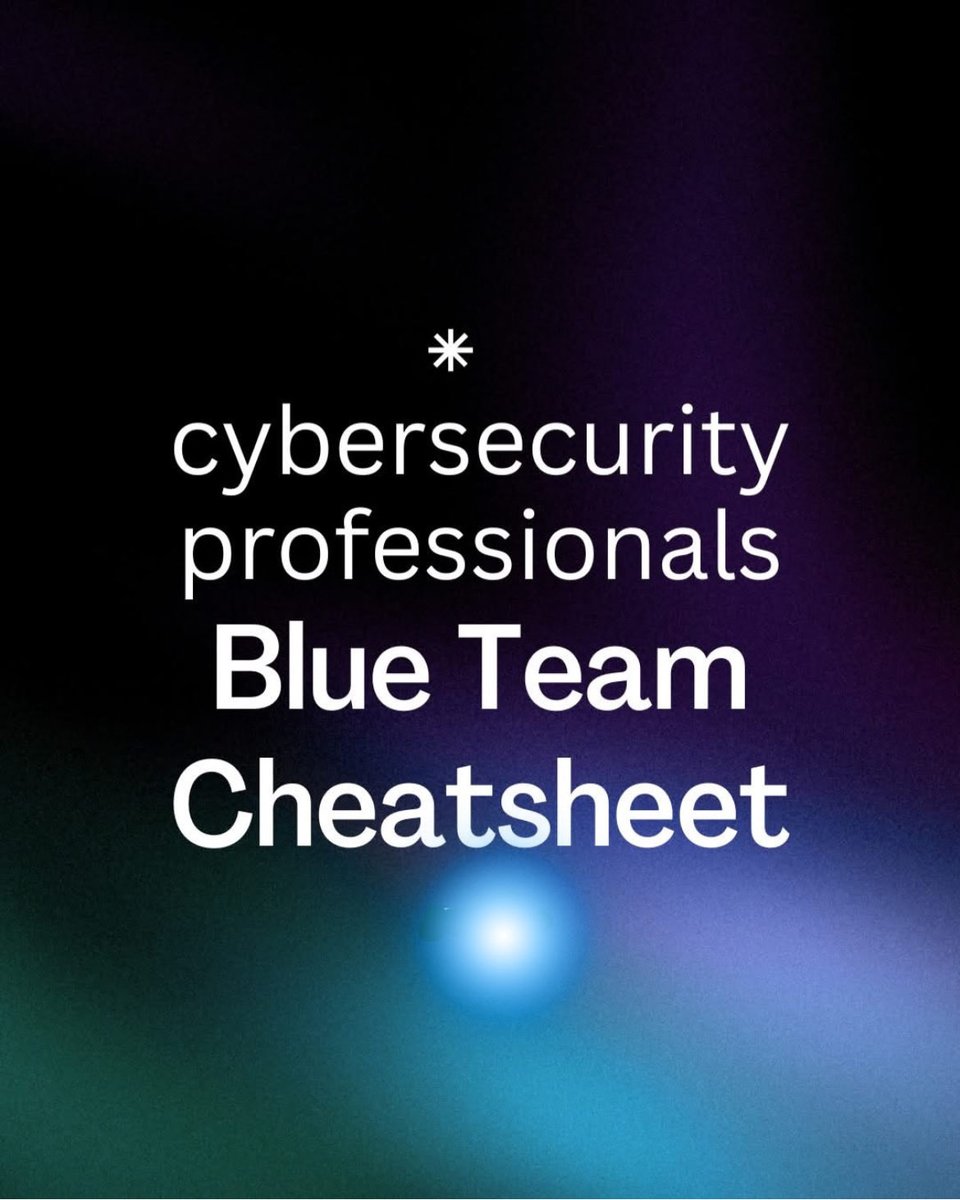How to get URL link on X (Twitter) App

 Defined in RFC 4271 and running over TCP port 179, BGP enables policy-driven routing and provides precise control over how traffic moves across multiple ISPs and large networks.
Defined in RFC 4271 and running over TCP port 179, BGP enables policy-driven routing and provides precise control over how traffic moves across multiple ISPs and large networks.
 Windows Server remains the backbone of modern enterprise systems and securing it has never been more critical. One of the most powerful yet overlooked tools for building a hardened Windows environment is the Group Policy Object (GPO).
Windows Server remains the backbone of modern enterprise systems and securing it has never been more critical. One of the most powerful yet overlooked tools for building a hardened Windows environment is the Group Policy Object (GPO).

 This streamlined AWS Interview Guide highlights exactly what hiring managers expect from cloud engineers
This streamlined AWS Interview Guide highlights exactly what hiring managers expect from cloud engineers

 This cheat sheet provides a fast, organized and practical reference to the most essential commands across routing switching VLANs, DHCP, NAT, security, and troubleshooting
This cheat sheet provides a fast, organized and practical reference to the most essential commands across routing switching VLANs, DHCP, NAT, security, and troubleshooting

 When installations or removals go unnoticed organizations risk exposure to malware persistence, shadow IT activity and the loss of essential security tools
When installations or removals go unnoticed organizations risk exposure to malware persistence, shadow IT activity and the loss of essential security tools

 This refined guide, “ISP vs. Enterprise Network Issue Identification,” breaks down a clear and repeatable workflow for determining whether a connectivity problem stems from your internal enterprise network or from your ISP
This refined guide, “ISP vs. Enterprise Network Issue Identification,” breaks down a clear and repeatable workflow for determining whether a connectivity problem stems from your internal enterprise network or from your ISP

 This cheatsheet highlights the most critical blue team skills from threat detection and incident triage to log analysis, containment methods, and rapid response workflows.
This cheatsheet highlights the most critical blue team skills from threat detection and incident triage to log analysis, containment methods, and rapid response workflows.

 The guide breaks down VLAN fundamentals with clarity covering switching, routing, load balancing, and effective network segmentation. Each concept is explained in a practical, real-world context making it easy to connect the theory to what you’ll encounter in actual environments
The guide breaks down VLAN fundamentals with clarity covering switching, routing, load balancing, and effective network segmentation. Each concept is explained in a practical, real-world context making it easy to connect the theory to what you’ll encounter in actual environments

 💡 Each prompt is crafted to help you:
💡 Each prompt is crafted to help you:



 What You’ll Gain:
What You’ll Gain:
 It gives me hands-on experience in threat hunting, network defense, alert correlation, and overall SOC workflows
It gives me hands-on experience in threat hunting, network defense, alert correlation, and overall SOC workflows
 Written by a member of the Microsoft Deployment Toolkit (MDT) team this guide is part of Microsoft’s Official Curriculum making it one of the most trusted resources you can learn from.
Written by a member of the Microsoft Deployment Toolkit (MDT) team this guide is part of Microsoft’s Official Curriculum making it one of the most trusted resources you can learn from.

 This setup shows how deep you can go inside a Windows domain without relying on any Windows-native utilities everything is done through Linux and open‑source frameworks.
This setup shows how deep you can go inside a Windows domain without relying on any Windows-native utilities everything is done through Linux and open‑source frameworks.

 🧠 Why Do We Need DNS?
🧠 Why Do We Need DNS?
 This guide covers everything you need to build strong fundamentals and get ready for real-world SOC operations:
This guide covers everything you need to build strong fundamentals and get ready for real-world SOC operations:

 Its main goal is to create a protective barrier between a trusted internal network and untrusted external networks, such as the internet, safeguarding systems from unauthorized access and cyber threats
Its main goal is to create a protective barrier between a trusted internal network and untrusted external networks, such as the internet, safeguarding systems from unauthorized access and cyber threats

 💡 What You’ll Learn:
💡 What You’ll Learn:
 📘 From “Hello World” to branching, merging, and rebasing, every chapter is an actionable step.
📘 From “Hello World” to branching, merging, and rebasing, every chapter is an actionable step.